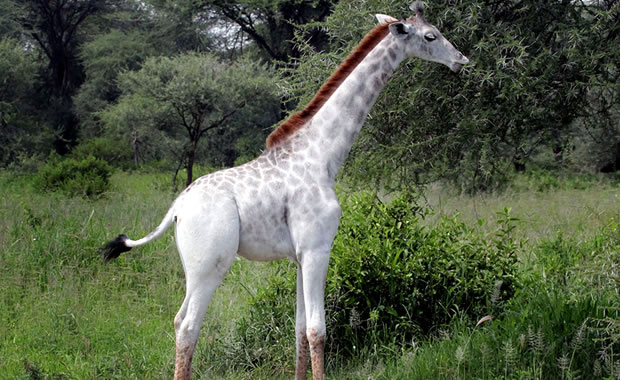
Eastern Jerboa Marsupial
|
Creature Profile
The Eastern jerboa marsupial is native to central and southern Australia and the only species of its genus (Antechinomys). Adults reach between 2.76 to 3.94 inches in length with a tail length of 3.94 to 5.91 inches. Average weight for adults is 20 to 30 grams, and males are larger and heavier than females. Fur color is fawn gray to sandy brown, with white underparts. A dark ring appears around both eyes. The most distinctive features of this species are its large ears and four-toed hind legs which give it the ability to move around in a hopping motion.
This species is found in scattered woodlands and scrubby semideserts. It is solitary and carnivorous, feeding mainly on cockroaches, spiders, and crickets. Breeding occurs in the winter and spring, and females give birth between August and November. Jerboa marsupials build their nests in soil cracks, or they may occupy abandoned burrows of other species.
The main threats to this species appear to be habitat loss due to human disturbance and the introduction of predators such as cats and foxes.
Wikipedia Article

|
Wikipedia Article Copyright Notice: This article is licensed under the GNU Free Documentation License. It uses material from the Wikipedia article "Kultarr". |
May 10, 2017
Glenn, C. R. 2006. "Earth's Endangered Creatures - Eastern Jerboa Marsupial Facts" (Online). Accessed 4/18/2024 at http://earthsendangered.com/profile.asp?sp=263&ID=4.
Need more Eastern Jerboa Marsupial facts?




